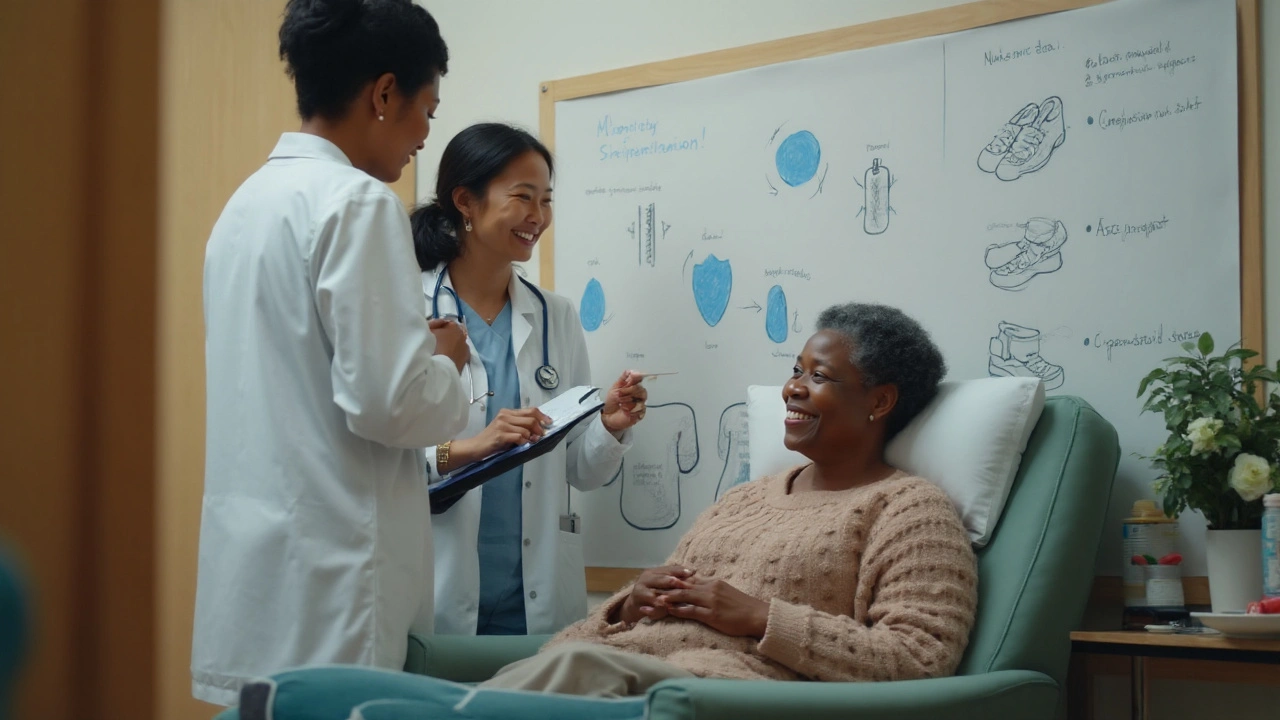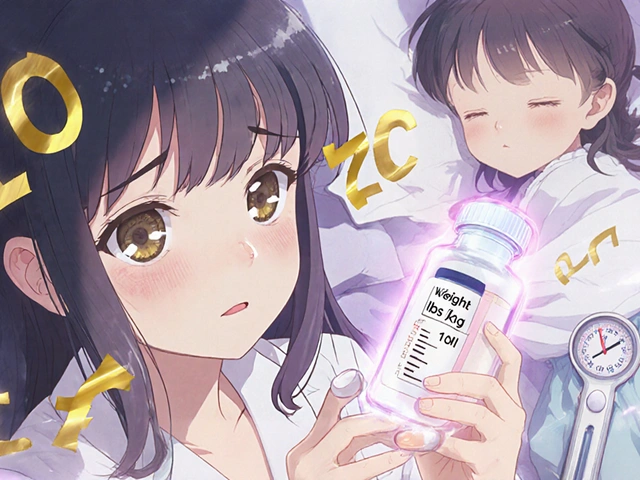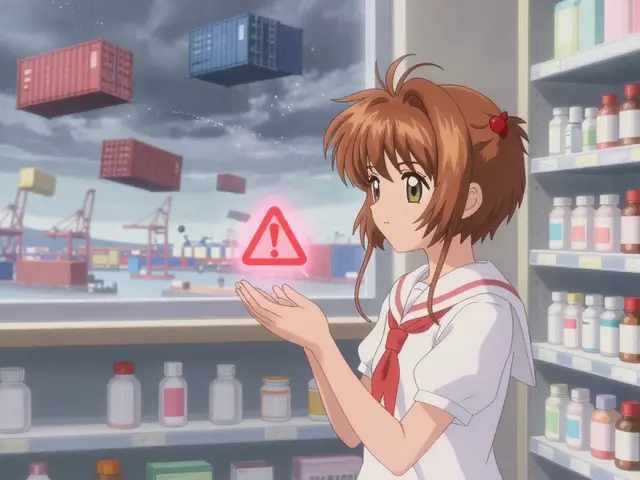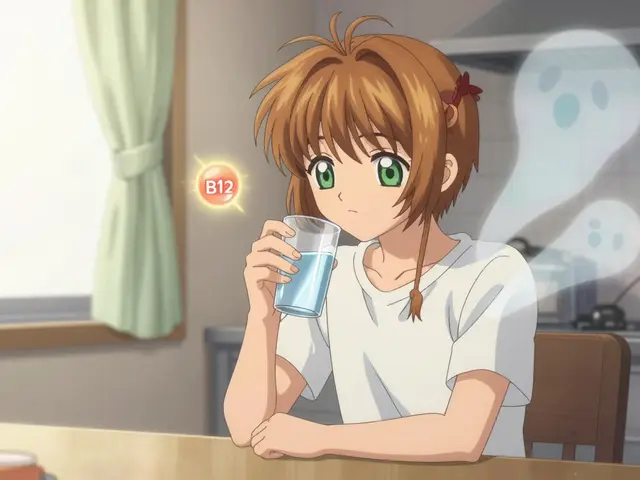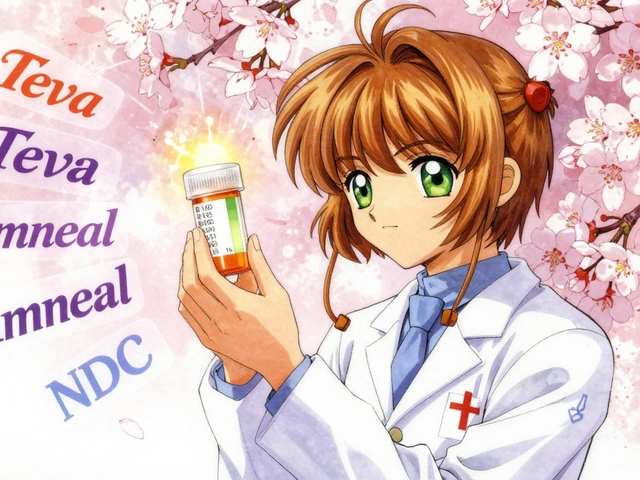CKD-MBD: Simple Guide to Kidney‑Bone Health
If you have chronic kidney disease (CKD), your bones are probably on your mind, even if you don’t realize it. CKD‑MBD (mineral and bone disorder) is the medical term for the tricky link between failing kidneys and shaky bones. It shows up as high phosphate, low calcium, altered vitamin D, and bone pain or fractures. Knowing the basics can keep you from nasty complications.
Why CKD-MBD Happens
Kidneys do more than filter waste – they balance minerals and activate vitamin D. When kidney function drops, phosphate builds up because the organ can’t flush it out. At the same time, the body makes less active vitamin D, so calcium absorption from food falls. Low calcium sends a signal to the parathyroid glands to crank out more parathyroid hormone (PTH). That hormone pulls calcium from your bones to fix the low blood level, weakening the skeleton.
Think of it as a leaky pipe system: the kidneys can’t keep the pressure right, so the whole house (your body) gets damage in different rooms (bones, blood vessels). The result is bone pain, fractures, and even calcium deposits in arteries, which raise heart risk.
How to Manage CKD-MBD
Good news – you can slow or even stop the cycle with a few practical steps. First, keep your phosphate in check. Most phosphate comes from processed foods, sodas, and dairy. Cutting down on those and choosing fresh veggies, low‑phosphate grains, and lean proteins makes a big difference. Your doctor may also prescribe phosphate binders, pills you take with meals to trap phosphate before it enters the bloodstream.
Second, boost active vitamin D. Supplements like calcitriol or its analogs help your gut absorb calcium and lower PTH. Your lab work will tell if you need them. Third, watch calcium intake. Aim for the amount your doctor recommends – usually 1,000 mg per day from food and supplements combined. Too much calcium can backfire, so follow the plan.
Fourth, control PTH. If levels stay high despite diet and vitamin D, medications such as cinacalcet can quiet the parathyroid glands. Your doctor will adjust the dose based on regular blood tests.
Finally, stay active. Weight‑bearing exercises like walking or light resistance training give bones a friendly stimulus to stay strong. Even short daily walks count.
Regular check‑ups are key. Blood tests for phosphate, calcium, vitamin D, and PTH, plus bone density scans, let you and your care team see what’s working and where to tweak. If you notice bone pain, fractures, or new heart symptoms, call your doctor right away.
Living with CKD‑MBD feels like juggling, but a clear plan makes it doable. Eat smart, take prescribed meds, move a little each day, and keep those lab numbers in range. Your kidneys may be struggling, but your bones don’t have to give up the fight.

